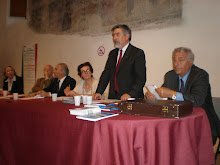Russia’s annexation of Crimea in 2014 and its support of separatists in eastern Ukraine were a clear indication to the Swedish security and defence community that Russia’s increased involvement in the affairs of neighbouring states now posed a challenge to the hitherto-benign security environment in the Baltic. This situation was reflected in a May 2014 report by the Swedish Defence Commission. This document, which set out objectives for security policy and defence developments over the next five years, noted that the territorial defence of Sweden was once again the primary task for the Swedish Armed Forces (SAF). At the same time, having been subject to repeated reductions in the 1990s and early 2000s, no further cuts were announced in defence spending or organisation. The subsequent defence bill, agreed by parliament in 2015, said that the war-fighting capability of the SAF needed to be strengthened along with defence cooperation with other countries and organisations, within the restrictions of a non-aligned policy. In addition, initial steps were taken to reactivate the Cold War-era ‘total defence’ concept, in terms of
planning and preparatory actions involving national and local government agencies, as well as private enterprises and civil society. Another outcome was that the trend of falling defence expenditure levelled out and started to rise in absolute terms, although not as a percentage of GDP.
By, The Military Balance, 2019, Londo IISS oag. 78
L'ulteriore analisi della politica militare svedese, della consistenza dell'Esercito, Marina ed Aereonautica si torva sulla pubblicazione citata alle pagine 79-92






















































































.jpg)



